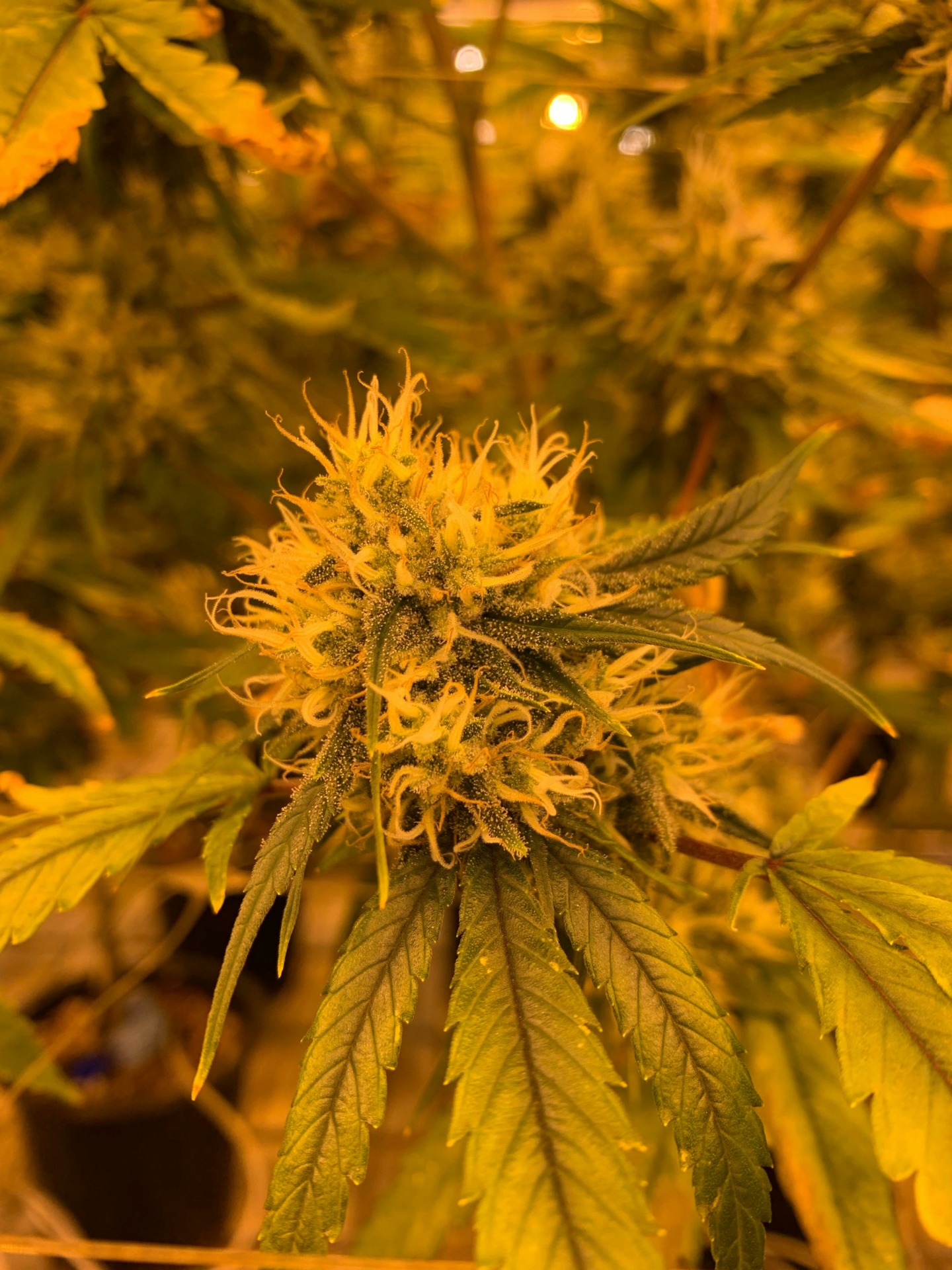The two most well-known components of cannabis are THC and CBD, but
there are many more important compounds in this valuable plant. So far,
480 chemical components of cannabis have been identified. One important
group of chemicals found in cannabis are terpenes. These chemicals could
make vital contributions to the beneficial properties of medical
marijuana.
What are Terpenes?
Terpenes are the chemicals that give marijuana its flavor and aroma; in
fact, variations in the amounts of various types of terpenes are what
make different strains of cannabis smell earthy, fruity or herbal.
Different terpenes also have different effects on the body, ranging from
calming down inflammation and relieving pain to enhancing mood and
increasing cognitive function.
The following five terpenes are some of the most important for giving
cannabis its healing properties.
Beta-Myrcene
Also found in hops, bay leaves, lemongrass and eucalyptus, beta-myrcene
is the most common terpene in marijuana. It has a spicy, herbal aroma
that users of medical marijuana may recognize as characteristic of some
strains.
[Beta-myrcene](https://en.wikipedia.org/wiki/Myrcene# Pharmacological_effects)
has an incredible ability to help the body heal. It relaxes muscles, and
studies have shown that it acts as a general sedative in mice. It also
reduces inflammation, which could help the body recover from illness or
injury. Importantly, beta-myrcene has a pain-relieving effects, which
could help explain why some people use lemongrass tea for medicinal
purposes.
Limonene
The second-most common terpene in cannabis is limonene. It has that
lemony-fresh scent that many people associate with insect repellent and
lemon-flavored cleaning products. In fact, manufacturers often use
limonene to make their products smell that way. Limonene occurs
naturally in both citrus fruits and marijuana.
The healing action of limonene are well-documented.
Studies have shown that
limonene promotes healing of the mucous cells in the digestive tract,
without any toxic effects. This could explain why it is used as a
treatment for gastric reflux and ulcers. It may also fight bacterial
infections, stimulate the immune system, and suppress the growth of
tumors.
Alpha-Pinene
Alpha-pinene — a compound most commonly associated with pine trees and
other conifers — is another important chemical in cannabis. Like other
terpenes, it has anti-inflammatory effects that augment the
inflammation-fighting ability of cannabidol (CBD). Alpha-pinene dilates
the bronchial tubes, allowing users to draw cannabis smoke or vapor deep
into the lungs. Some even claim that it increases cognitive function.
Beta-Caryophyllene
Despite its complicated name, beta-caryophyllene is actually a very
common chemical. It’s found in cloves and black pepper, and helps to
give those foods their characteristic flavors. Beta-caryophyllene (known
more concisely as BCP) binds to the cannabinoid receptor CB2. This
receptor is involved in inflammation and pain.
Studies suggest that BCP
could be useful for treating long-term pain.
Linalool
Often used in perfumes due to its lovely floral scent, linalool is found
in a range of nice-smelling plants, including mint, lavender, citrus,
and cinnamon. It’s a commonly used remedy for stress and anxiety, which
can be particularly effective in combination with SSRIs. Linalool even
reduces
seizures
in conditions such as epilepsy.
The Entourage Effect
The various terpenes in cannabis work together to increase the overall
potency of the plant. This is known as the entourage effect, and it
could explain why whole cannabis has more beneficial medicinal effects
than individual chemicals that are extracted from the plant. For
example, the FDA-approved drug Marinol can be useful for treating nausea
and vomiting caused by chemotherapy and anorexia caused by AIDS, but
there is some evidence that whole marijuana could be more helpful and
could cause fewer side effects.
The synergy between the various terpenes found in cannabis would likely
be difficult or impossible to replicate in an artificially created drug.
Extracting a single compound from cannabis changes the effects of the
chemical, which can lead to undesirable side effects or a treatment that
is less effective than pure marijuana.
Often, patients who could benefit from medical marijuana need more than
one of the effects. Cannabis includes compounds that can relieve pain,
nausea, loss of appetite and inflammation – a common combination of
symptoms for patients suffering from a variety of serious medical
conditions.
By choosing a strain of cannabis that contains the right combination of
terpenes and other compounds, patients may be able to access specific
benefits, while still harnessing the power of the entourage effect to
increase the potency of the drug. The terpenes listed above occur in
varying amounts in the different strains of cannabis, making it possible
to select a strain based on the needs of the patient and the symptoms
they are experiencing.
Cannabis Can Improve Lives
Cannabis has the ability to reduce pain, tackle nausea, and fight
inflammation. As a result, it has incredible potential to help people
suffering from a range of disease symptoms and medication side effects.
By using medical marijuana, rather than a chemically synthesized drug,
patients gain access to all the benefits of cannabis. These not only
include the effects of the more than 400 compounds found naturally in
cannabis, but also the interactions between them.
Photo by BXXXTY






